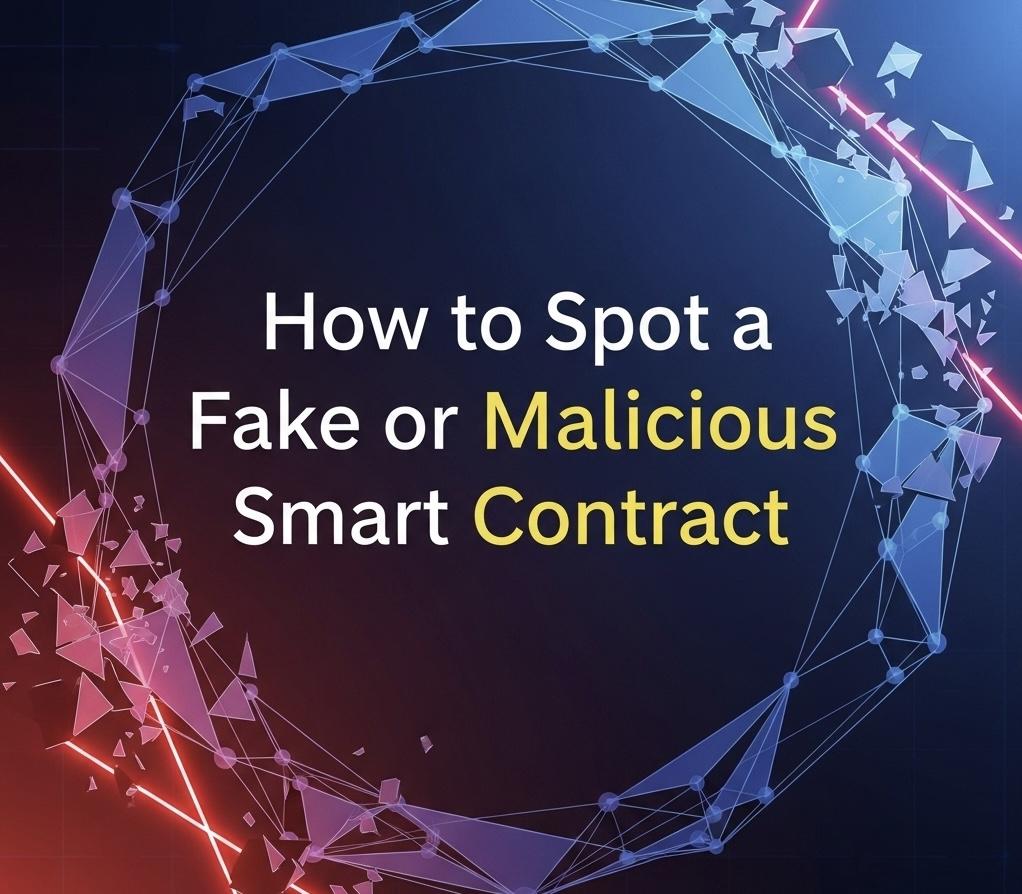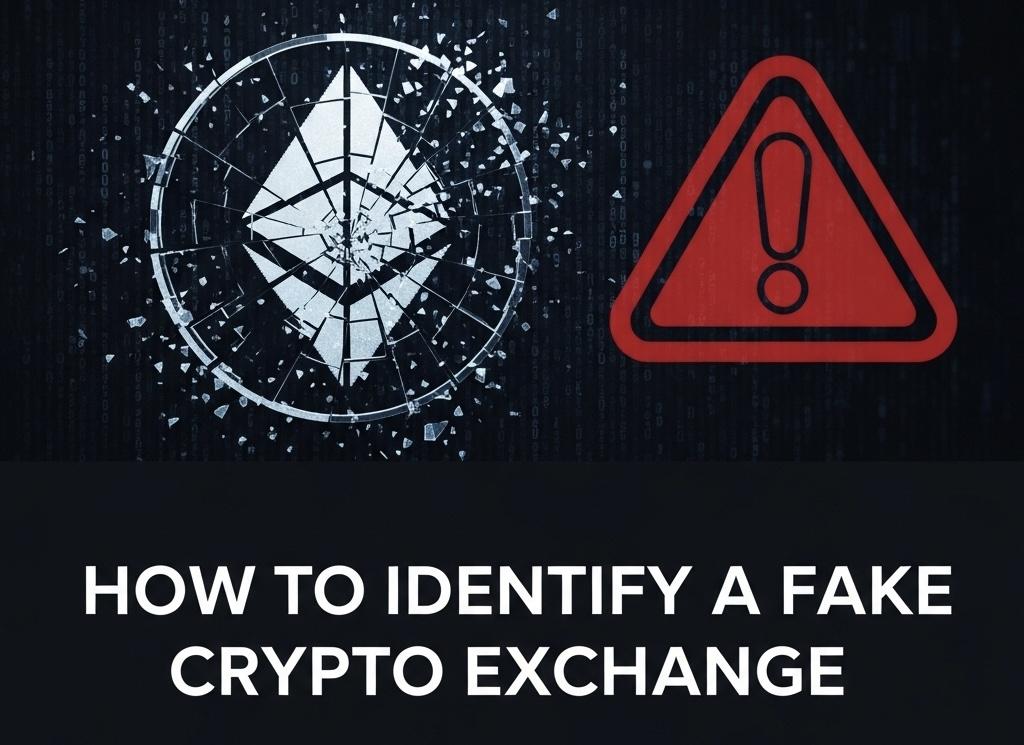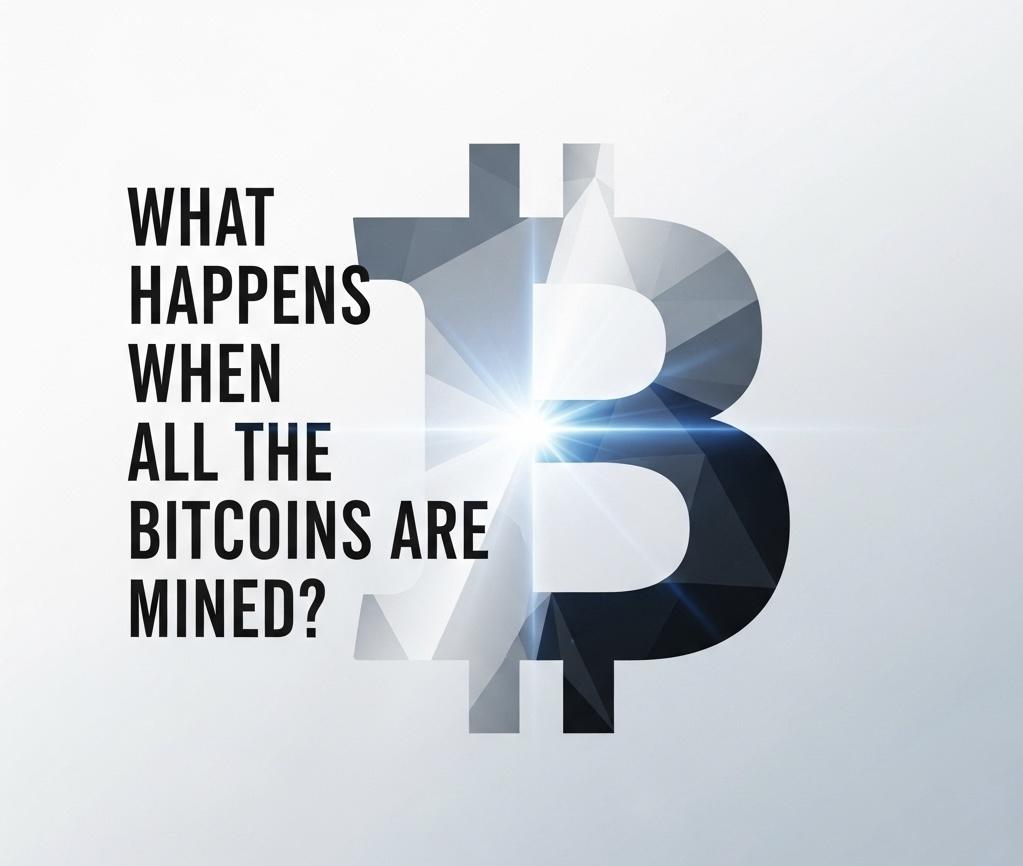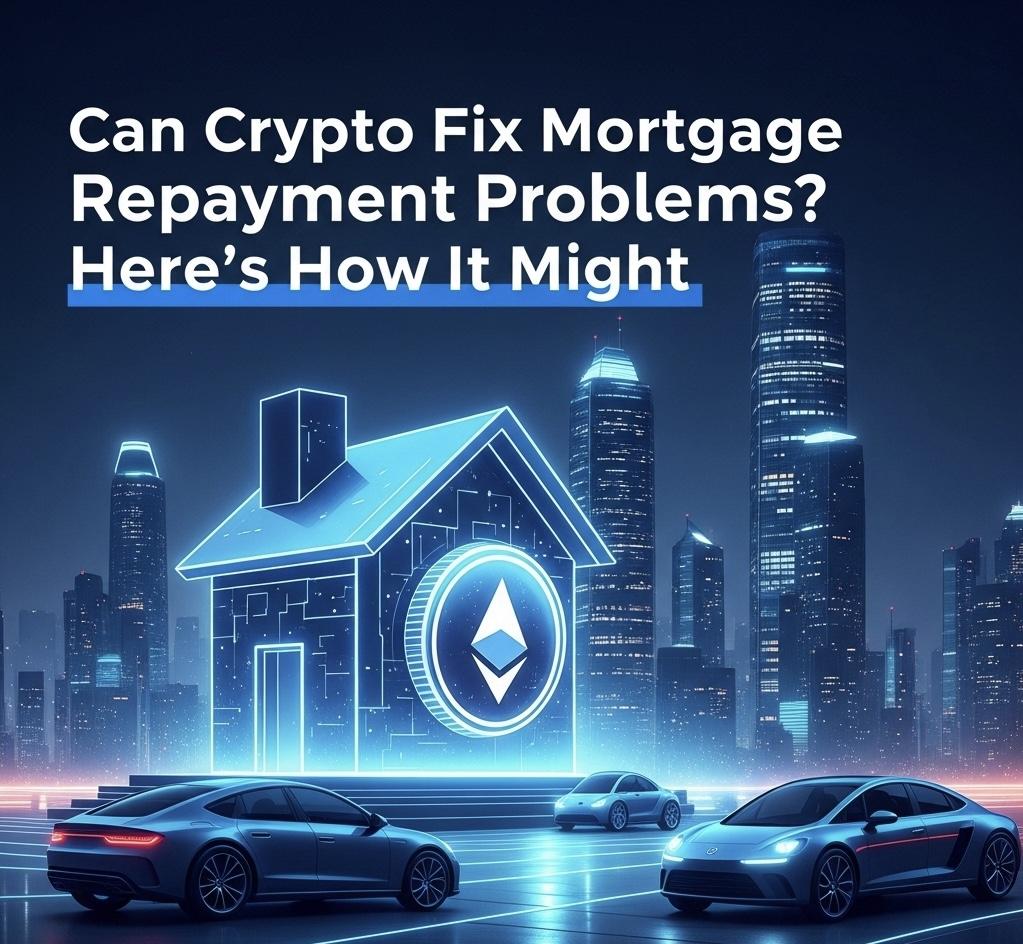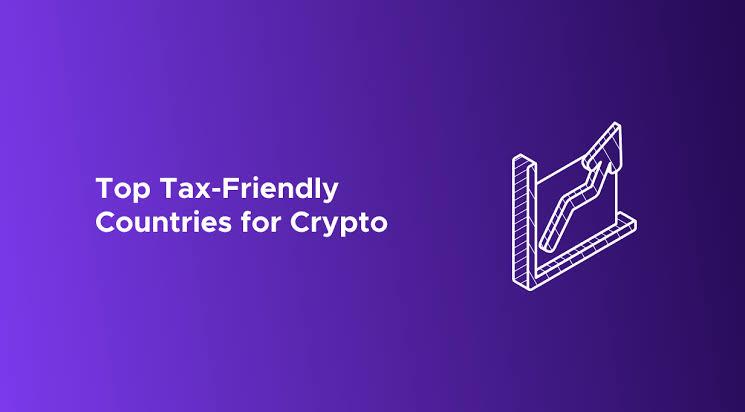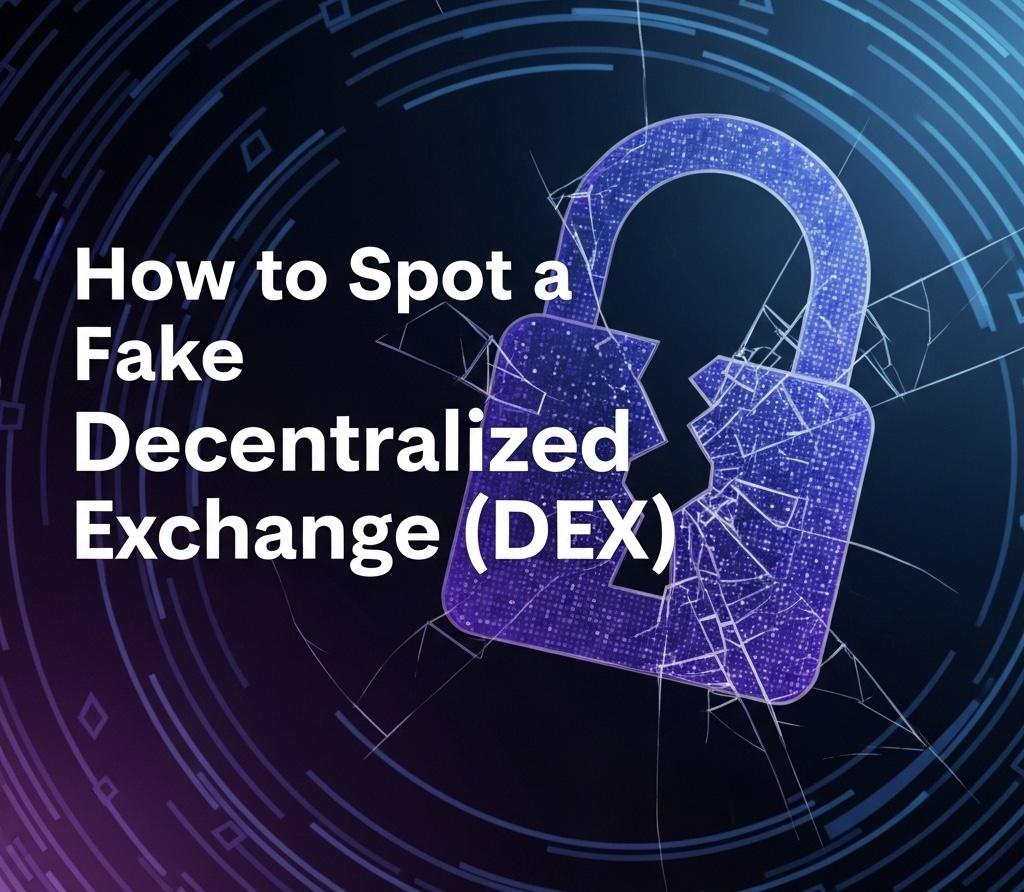But just like any powerful tool, smart contracts can be misused. Some are written with hidden backdoors, while others are created with malicious intent from the start. If you’re interacting with DeFi platforms, new tokens, or Web3 projects, it’s crucial to know how to identify fake or dangerous smart contracts before you connect your wallet.
Here’s what to look out for:
1. Check the Contract’s Source Code
One of the biggest red flags is no verified source code. On platforms like Etherscan or BscScan, legitimate smart contracts usually have their code publicly verified. This means users and developers can read exactly what the contract does.
If a contract is unverified, it’s difficult to know what you’re agreeing to, which is risky. Only interact with contracts that are transparent and publicly readable.
2. Look for Suspicious Functions or Logic
Even if a contract is verified, it might still contain shady code. Some common red flags include:
- Unlimited minting functions - The owner can mint unlimited tokens anytime.
- Hidden transfer fees - Large cuts of tokens are taken every time someone transfers.
- Blacklist functions - The owner can block users from trading or withdrawing.
- Admin-only controls - The developer can pause or drain the contract.
If you’re not a developer, look for community audits or third-party reviews that break down the code in plain English.
3. Check for Reputable Audits
Before using or investing in a project, see if the smart contract has been audited by a trusted third-party. Audit firms like CertiK, Hacken, or Trail of Bits review code for security and fairness.
While an audit doesn’t guarantee 100% safety, it’s a strong sign the team is serious about security.
4. Review Developer and Project Transparency
A legitimate project will be open about who they are, their goals, and how their contracts work. Look for:
- An active GitHub repo
- Community channels (Telegram, Discord, Twitter)
- Clear documentation and whitepaper
- Verified contract addresses on official platforms
If there’s little info about the dev team, no social presence, or sketchy communication, be cautious.
5. Use a Test Wallet First
Before connecting your main wallet, test the smart contract using a separate wallet with no valuable assets. This helps you avoid accidental loss if the contract tries to drain your balance or steal token approvals.
You can also use tools like Revoke.cash to remove any suspicious token allowances.
Fake or malicious smart contracts can drain your wallet, lock your tokens, or trick you into giving away access. But with a little research and caution, you can avoid most traps.
Always verify the code, check for audits, research the team, and stay updated with trusted crypto communities. In Web3, your safety depends on what you sign, and what you don’t.
